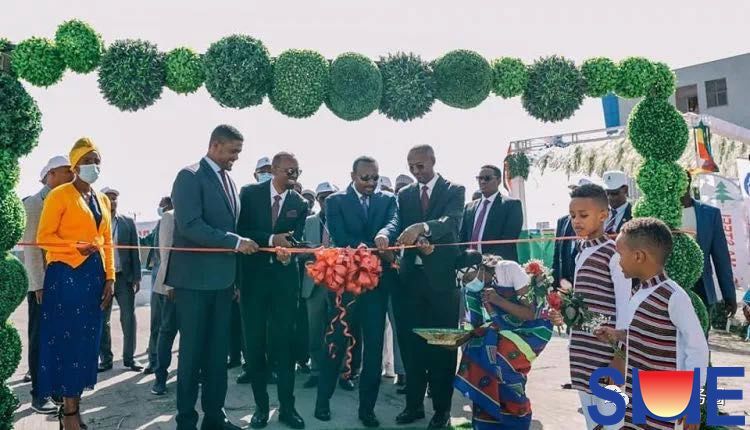The application of high-strength hot-rolled steel bars can decrease the total amount of steel bars and reduce carbon emissions accordingly.
Some common quality questions of this kind of products needs to overcome:
1) Unstable nitrogen content in the steel and unreasonable vanadium to nitrogen atomic ratio, resulting in high vanadium additions to the bars.
2) If the water penetration after rolling is not properly controlled, tempering tissue may occur or rust may appear on the surface.
3) Air-cooled bars sometimes have bubbles on the surface.
4) The strength of each line is not uniform when rolling with multiple lines of slitting.
5) The yield strength of HRB400E bars fluctuates greatly due to the water penetration process, and the quality stability needs to be improved.
Technicians are always developing more reliable process and mature solution, currently following technologies are workable.
1. Stable nitrogen using cheap nitrogen, based on the addition of vanadium-nitrogen alloy through the bottom-blowing argon + silicon nitrogen alloy secondary nitrogen, from each smelting continuous casting link to increase nitrogen stabilization practice, and stable nitrogen process.
2. The whole process control cooling process, step-type segmental cooling + intermediate rewarming + cold bed control cooling; through the control of water mist particle size distribution to improve the proportion of vapour cooling and cooling efficiency, optimise the cooling path, control the cooling temperature of each cooling section, rewarming temperature and cooling rate, control the V (or Nb) carbon nitride in the γ ~ α transformation process of interphase precipitation and precipitation in the ferrite region, and control the final cooling temperature of each cooling section This can achieve the goal of controlling fine grain strengthening and precipitation strengthening.
3. Low temperature rolling of hot rolled steel bars under existing equipment conditions
4.The precise control of pearlite phase transformation is achieved by controlling the proportion of ferrite pearlite tissue and the size of pearlite agglomerates and the spacing between lamellae;
5. In order to avoid building safety hazards caused by red rust on the surface of steel bars, the iron oxide control process of high temperature gamma zone (FeO) + phase change process (FeO + a small amount of Fe3O4) + subsequent cold bed oxidation (FeO + Fe3O4) is used to obtain a dense oxide film, which can effectively solve the problem of red rust on the surface after water cooling, taking into account the temperature, oxidation degree, stress state and Fe-O activation energy.
